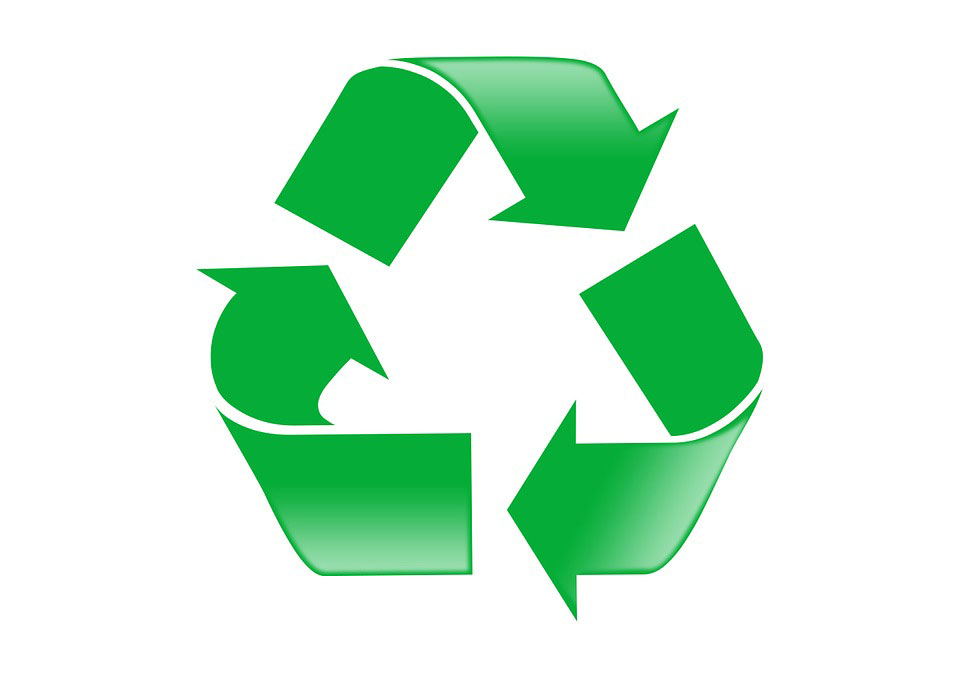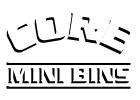Can You Recycle Your Mattress in Toronto – Here’s How it Works

Recycling is a great way to reduce the inflow of waste to landfills. There are countless different items and materials that can be recycled, some of them obvious like cardboard and plastic, some of them not so obvious. One such obscure recyclable item is the common mattress. Mattresses end up in landfills more often than not, and they take up a lot of space. It’s believed that over 100,000 mattresses end up heading to landfills from the Greater Toronto Area every single year.
These bulky items pile up quickly and take up enormous amounts of space when sent to landfills.
Fortunately, modern recycling techniques allow for an almost complete recycling of all the different materials that make up a mattress. While mattress recycling in Toronto is technically viable and well established in some areas, many people still consider mattresses common garbage and would never consider looking into mattress recycling. There are many activists out there pushing to make mattress recycling better known to the general public, and to increase access to that service.
Their efforts have made leaps and bounds towards keeping mattresses out of landfills entirely.
Mattress recycling facilities are typically quite large, with both mattresses and box springs stacked on high. The relatively standardized size and shape of mattresses makes managing inventory much simpler than many other recycling operations. Neat stacks are the most efficient way to store mattresses before handling, so neat stacks are what one finds when visiting a facility. They can make quick work of the mattresses, but the sheer volume received each day makes some storage necessary. Some facilities can process 5,000 mattresses monthly and sometimes even more.
There are many different materials that make up a standard mattress. Each mattress contains a variety of components and the different mattress types have their own unique materials. Metal, from the springs, is a major material for recycling. A large facility can pull over a tonne of metal from their mattresses each day. Polyurethane foam is another major component that can be retrieved from the mattresses. Some of the more minor components include wood, cardboard, plastics, and cotton. The materials retrieved are of high quality, so they can sell at a premium rate.
The actual process of mattress recycling is rather labour intensive when compared to other recycling operations. Mattresses and box springs are built to be sturdy and to last. This is great for sleeping on but makes them difficult to separate into the base materials. The disassembly is done by hand, requiring labourers to do so. Once apart, the materials are separated and sorted. They are then sent on to other recycling facilities that specialize in those materials. This labour is expensive, but the high quality and quantity of materials retrieved make recycling well worth it.
The development of more and more methods of recycling is a critical part of how Toronto and other modern cities are fulfilling their duties of responsible waste disposal and environmental stewardship. With the basic and obvious forms of recycling, such as household cardboard and plastics, becoming well established parts of everyday life it is necessary to pursue more involved recycling practices. Opportunities for recycling are sure to pop up in unexpected places, mattress recycling is one of the trailblazers of this new approach.
Do you need assistance in disposing of mattresses, appliances, couches, furniture, and other household items? Do you require junk removal services or a dumpster rental in the GTA? Regardless of how you want to get rid of your waste, call Core Mini Bins today and we can lay down some affordable options.


